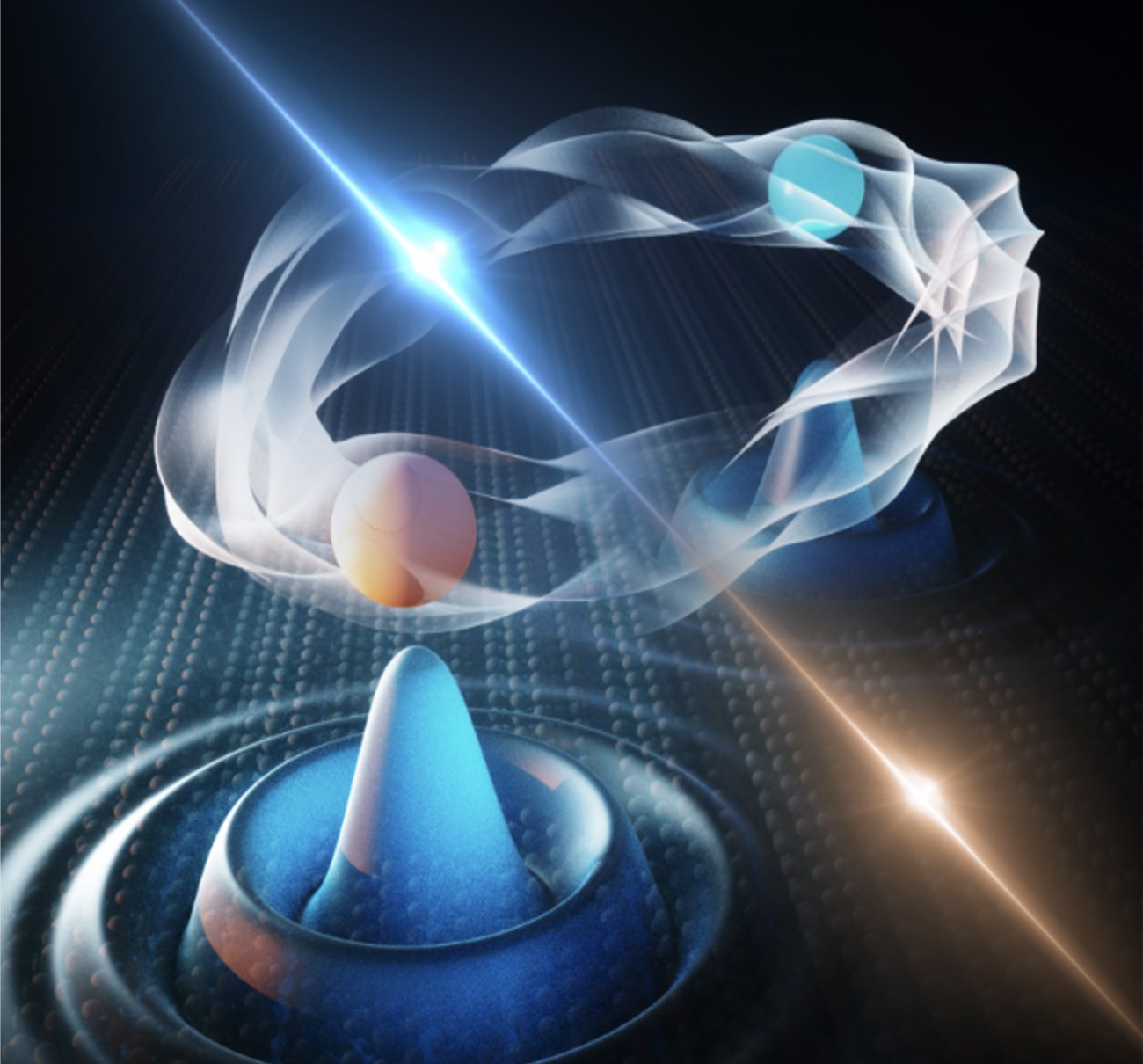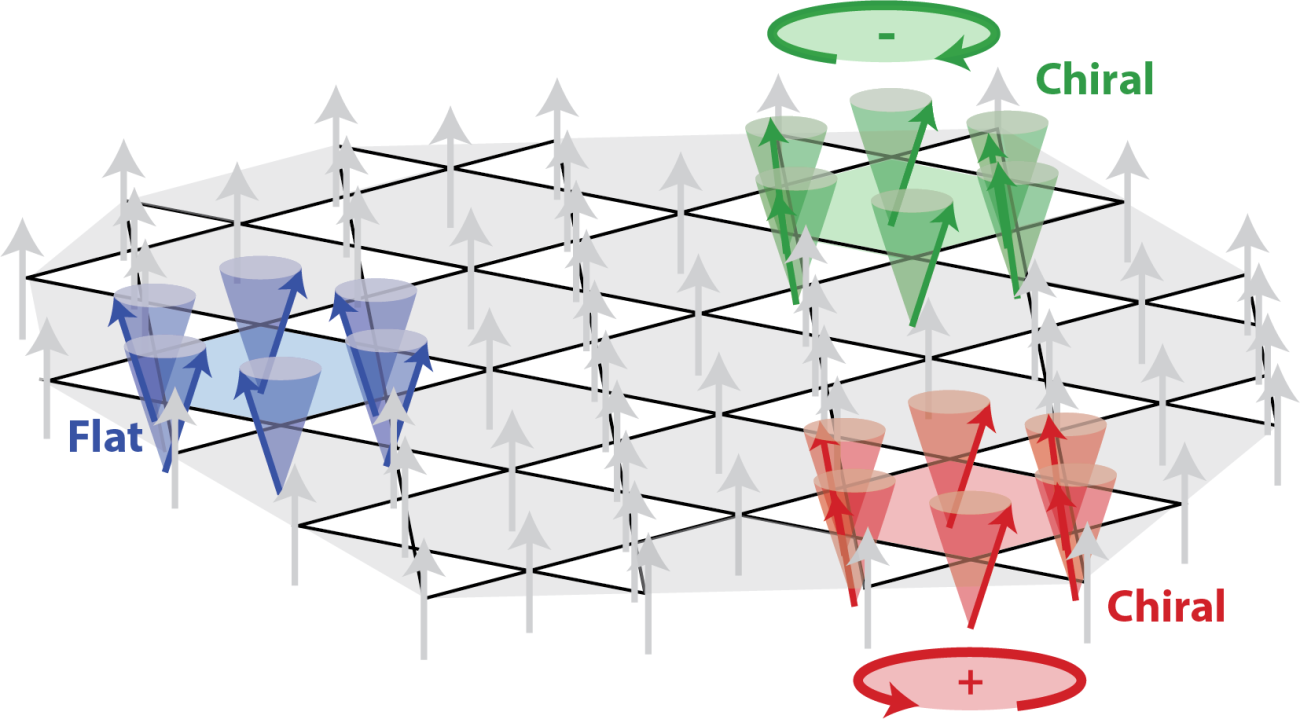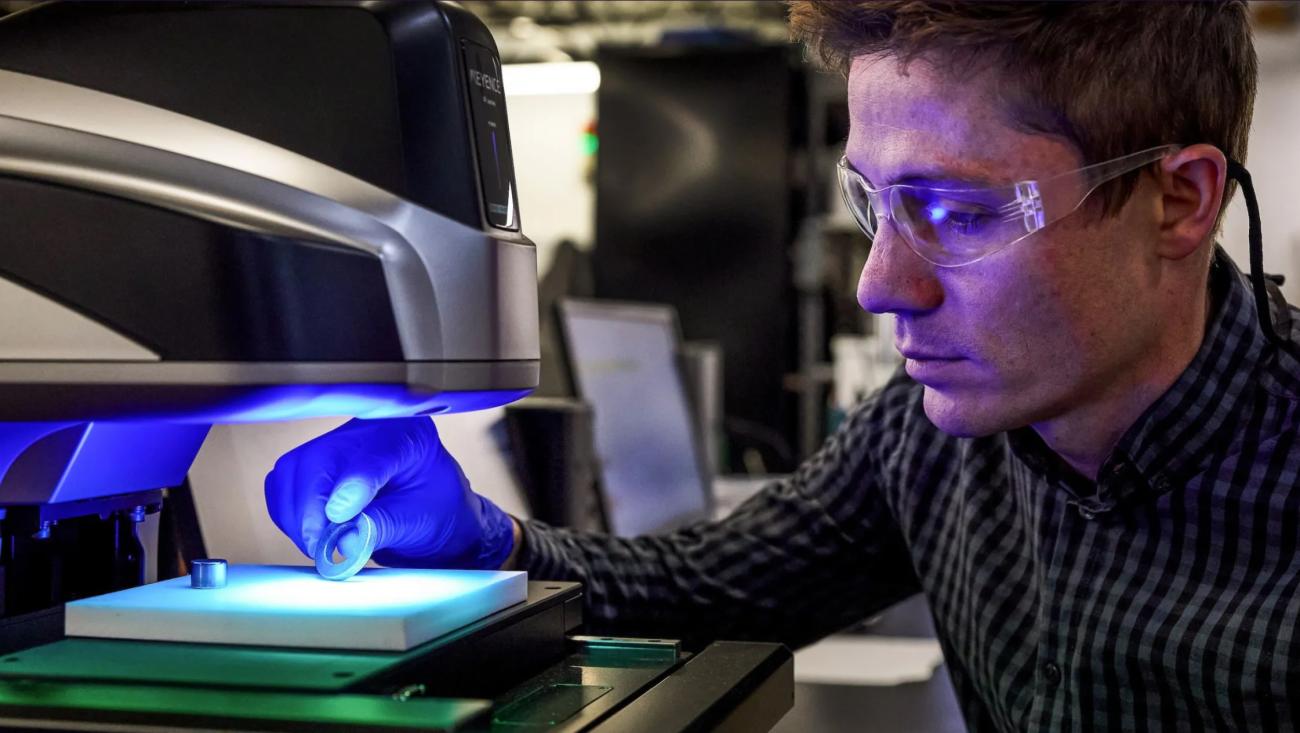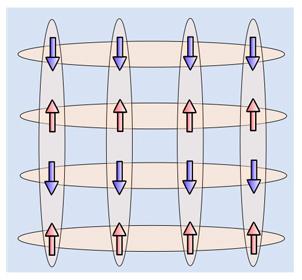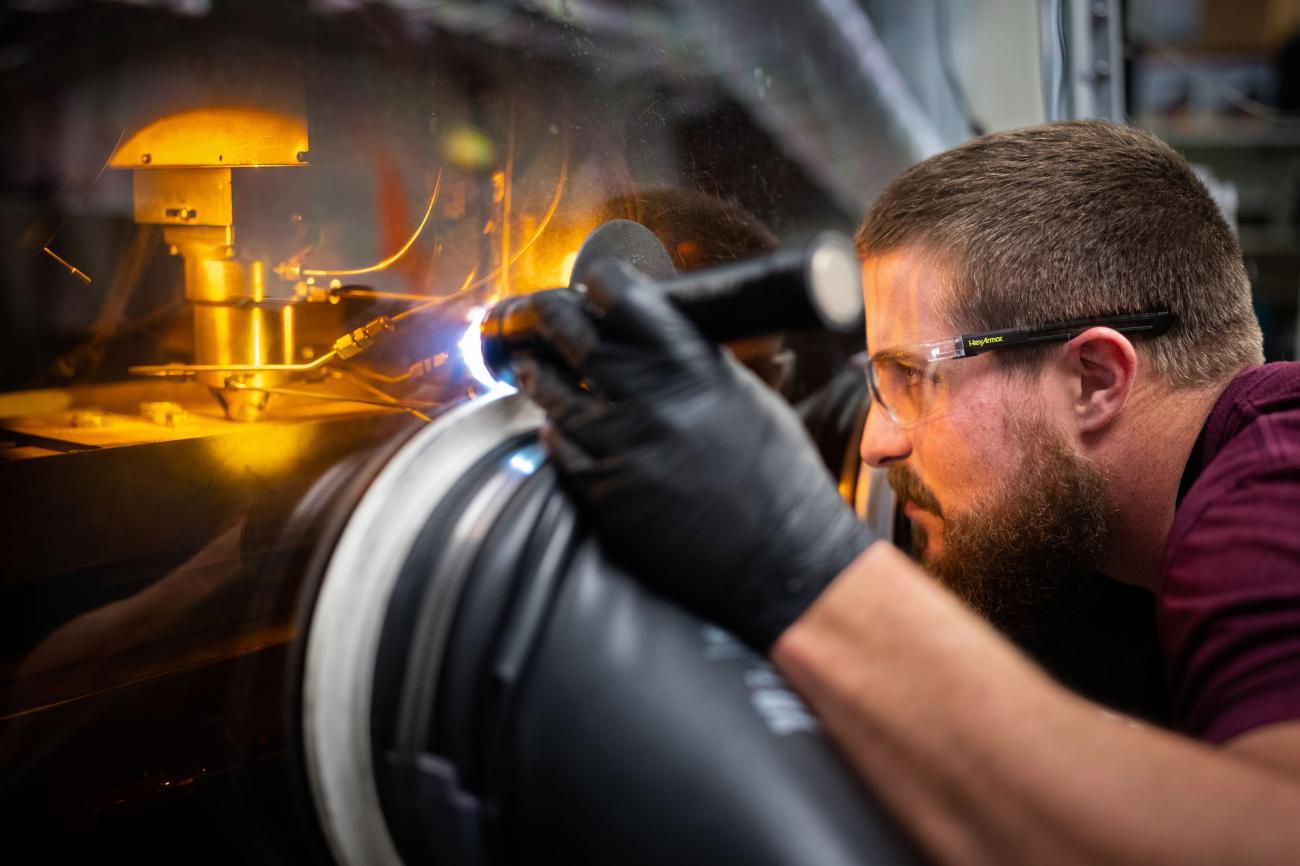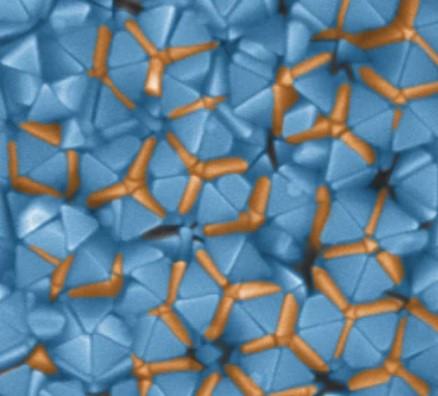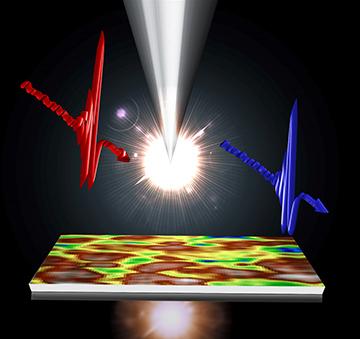New quantum echo discovered in superconductors
Scientists at the U. S. Department of Energy Ames National Laboratory and Iowa State University have discovered an unexpected "quantum echo" in a superconducting material. This discovery provides insight into quantum behaviors that could be used for next-generation quantum sensing and computing technologies.
